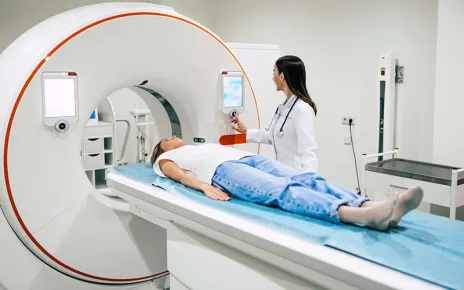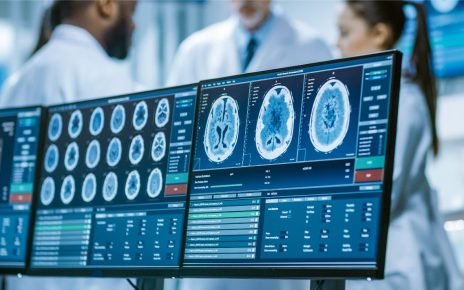The Fellowship of the Royal College of Radiologists (FRCR) exam is a crucial milestone for radiology trainees, assessing different aspects of radiology knowledge at each stage. While FRCR Part 1 establishes a foundation in physics and anatomy, FRCR Part 2A evaluates clinical application across multiple specialities. Understanding these differences and adopting effective preparation strategies can make a significant difference in success.
FRCR Part 1: Foundation in Physics and Anatomy
This initial stage comprises two papers:
- Physics: A multiple-choice exam assessing fundamental concepts like imaging principles, radiation safety, and equipment operation. Understanding key principles such as X-ray production, radiation interactions, CT physics, MRI basics, and ultrasound principles is essential. Candidates must also grasp radiation protection regulations and quality control measures.
- Anatomy: Image-based questions testing knowledge of anatomical structures in different modalities such as X-ray, CT, and MRI. The focus is on identifying normal anatomy and variations across different imaging planes.
FRCR Part 2A: Advancing to Clinical Radiology
The FRCR Part 2A exam is split into two papers, usually held over two days in November and April. The exam evaluates your knowledge of imaging, congenital abnormalities, pathology, and radiological findings, requiring a comprehensive understanding of core clinical radiology practices equivalent to ST3 and ST4 levels.
FRCR Part 2A exam at a glance
Mode of the exam: Computer-based exam
Number of papers: 2
Number of questions: 120 SBA questions for each paper
Duration of the exam: 3 hours for each paper
Effective Study Techniques for Both Parts
- Time Management: Allocating time wisely for each section ensures balanced preparation. It is important to divide study time effectively between physics, anatomy, and clinical subjects.
- Practice Questions: Using online platforms helps simulate exam conditions. Completing timed mock exams can improve question interpretation skills.
- Case Discussions: Reviewing real-life imaging studies refines diagnostic accuracy. Engaging in radiology reporting sessions and discussing cases with peers or mentors enhances clinical application skills.
- Guidance from Experts: Seeking advice from experienced radiologists, attending webinars, and enrolling in structured courses can provide valuable insights. Participation in radiology conferences and workshops also helps in staying updated with current best practices.
- Note-Taking and Concept Mapping: Creating summary notes, flowcharts, and mind maps can help reinforce complex topics. Using spaced repetition techniques can enhance long-term retention of key concepts.
Both exams require different strategies: FRCR Part 1 focuses on factual recall, while Part 2A demands clinical application and problem-solving skills. With the right strategy, consistent revision, and effective time management, candidates can navigate both stages successfully and advance in their radiology careers. Developing a well-structured study plan and maintaining motivation are crucial elements in achieving success in these challenging exams. For more details, please feel free to contact us.




